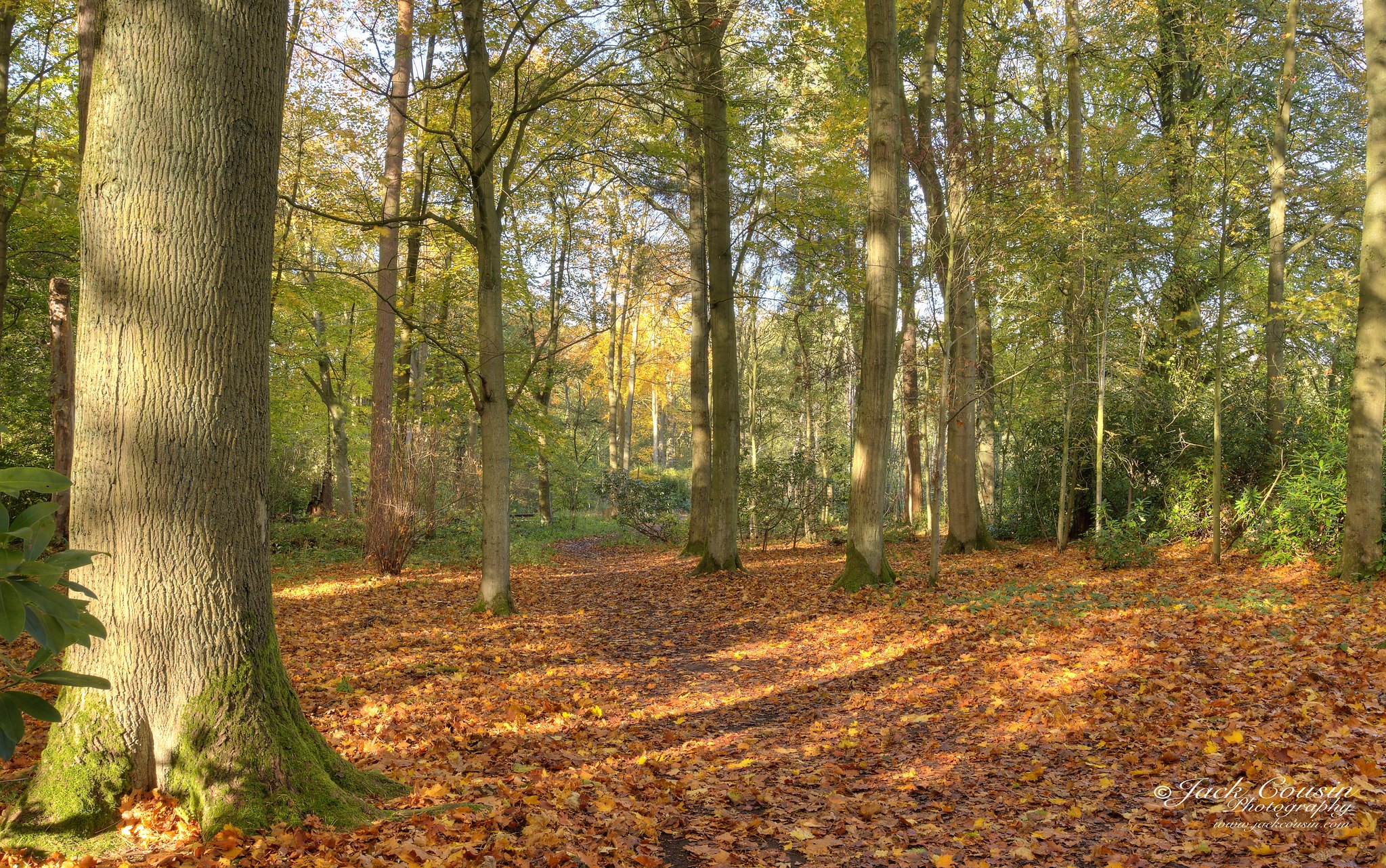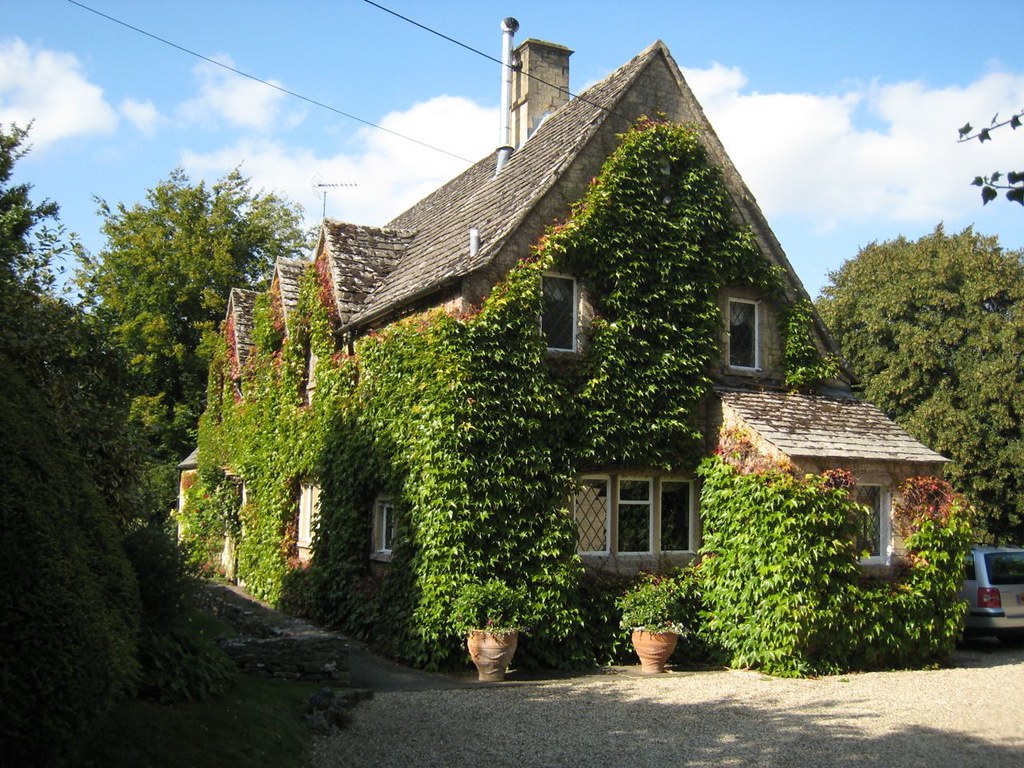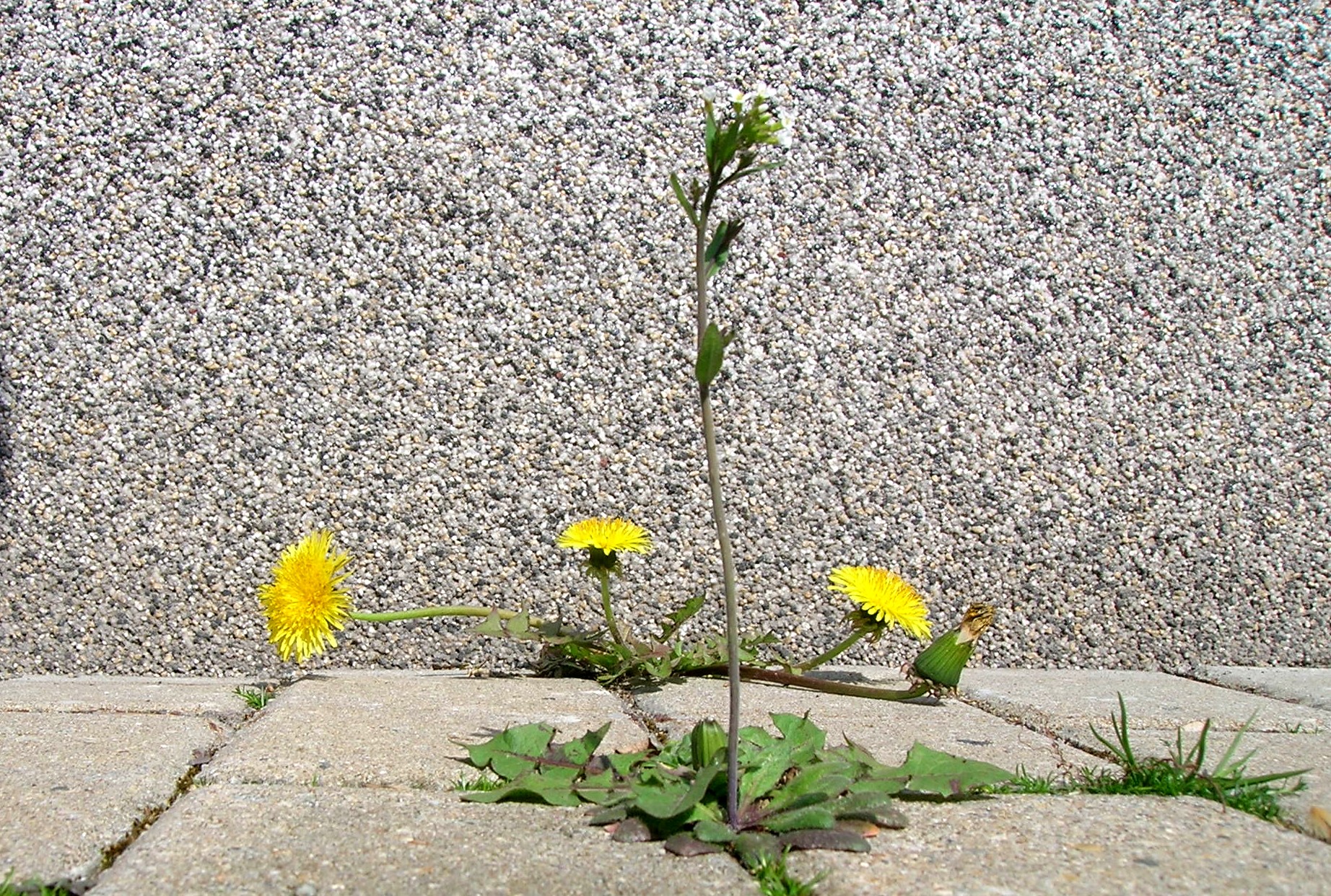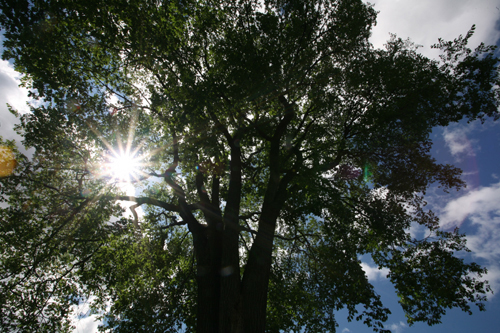The Daily Telegraph and iNEWS report one metre of dense hedge will mop up the same amount of pollution that a car emits over a 500-mile drive. Plant scientists at the Royal Horticultural Society have advised growers choose bushy, hairy-leafed alternatives, as these have been found to remove more air pollution.
Researchers tested three hedges for pollution removal in traffic hostpots; Cotoneaster franchetii, Thuya plicata (Western red cedar) and Crataegus monogyna (hawthorn). They found that the cotoneaster franchetti was by far the most effective at cleaning the air, and that in just seven days a one metre length of well-managed dense hedge will mop up the same amount of pollution that a car emits over a 500 mile drive.



 A rising international force of rebel botanists armed with chalk has taken up street graffiti to highlight the names and importance of the diverse but downtrodden flora growing in the cracks of paths and walls in towns and cities across Europe.
A rising international force of rebel botanists armed with chalk has taken up street graffiti to highlight the names and importance of the diverse but downtrodden flora growing in the cracks of paths and walls in towns and cities across Europe.